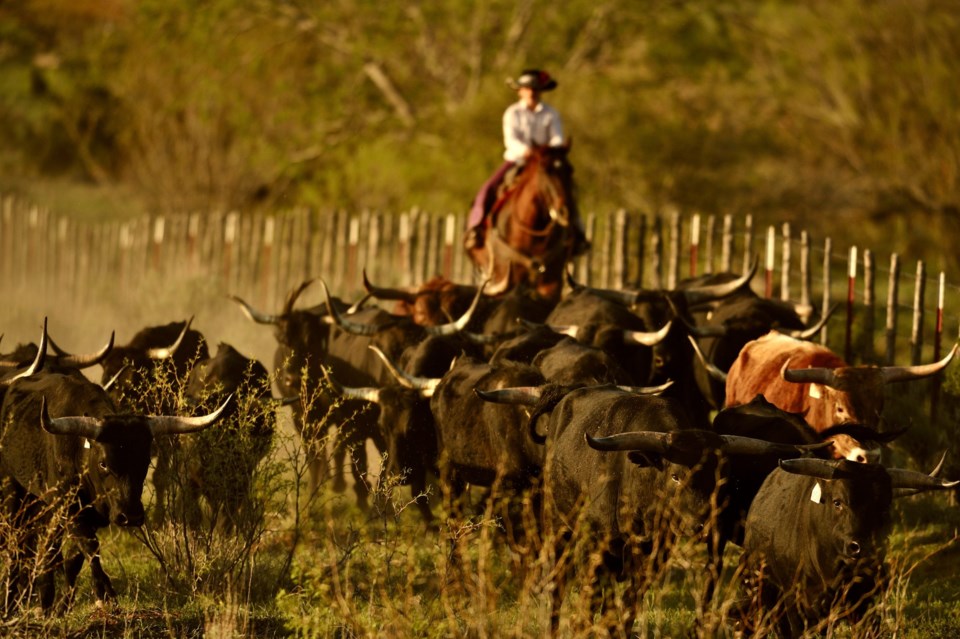At livestock markets all across the state, long lines of ranchers trying to sell their cattle to cut down their herds continue. The drought, now coupled with inflation, makes it difficult, if not impossible to sustain the animals. Higher fuel prices, fertilizer and feed are adding even more stress to a distressing situation.
But where the recent rain failed to help, the Texas Farm Bureau and USDA’s Farm Service Agency (FSA) stepped up, reminding ranchers that they are eligible for emergency assistance. The Emergency Assistance for Livestock, Honey Bees and Farm-Raised Fish Program (ELAP) was designed to help Texas farmers with many of the expenses that increase production costs.
“Severe and widespread drought conditions are having a catastrophic impact on crops, grazing acres, livestock and agricultural operations statewide,” said Kelly Adkins, State Executive Director for FSA in Texas, in a statement released on Thursday, July 21. “Livestock producers should check in with FSA to request available ELAP assistance to help offset the above normal economic impacts of providing water, feed and forage to carry livestock through these extremely harsh weather conditions.”
Among the most important expenditures affected by inflation that the ELAP could help relieve are the transportation of water to livestock, higher than normal cost of transporting feed for animals, additional feed purchases and the higher than normal cost of moving livestock to forage or grazing acres.
Although assistance is available and the FSA has set up an online tool to help document and estimate dought-induced costs, ranchers will have to jump a couple of bureaucratic hoops. First, they’ll have to make sure they have risk in both eligible livestock and eligible grazing land in an eligible county to qualify. Once that’s covered, producers should report the losses within 30 days of the loss.
January 31, 2023, is the deadline to request all ELAP assistance for 2022 calendar year, so if you are a rancher or know one, mark those calenders!




